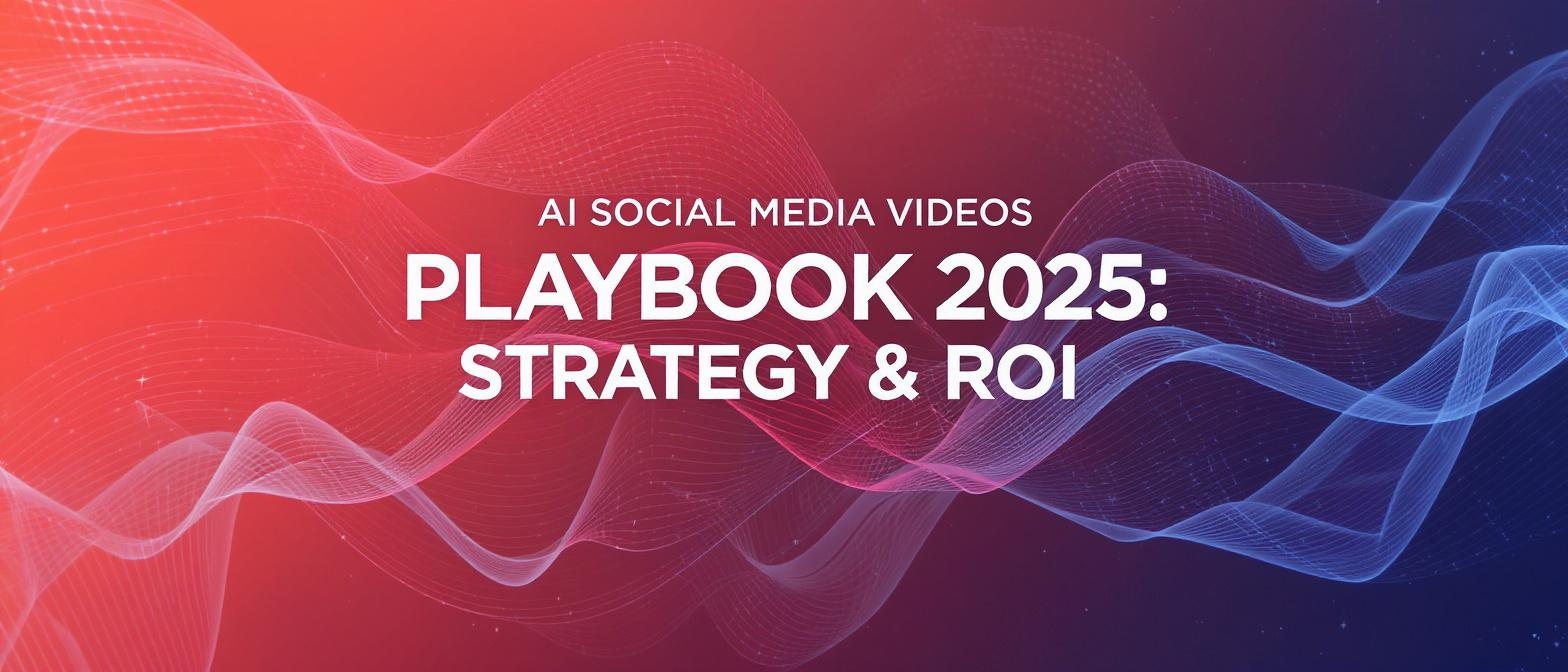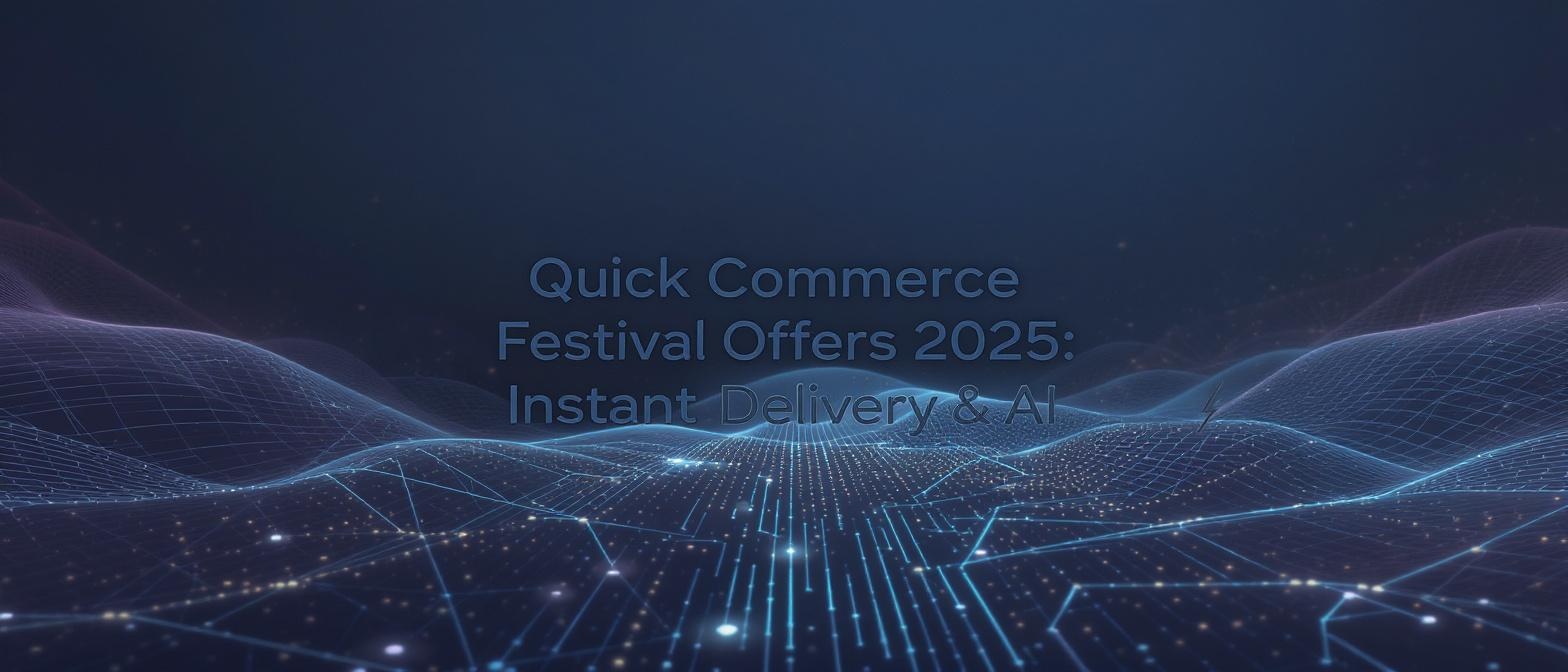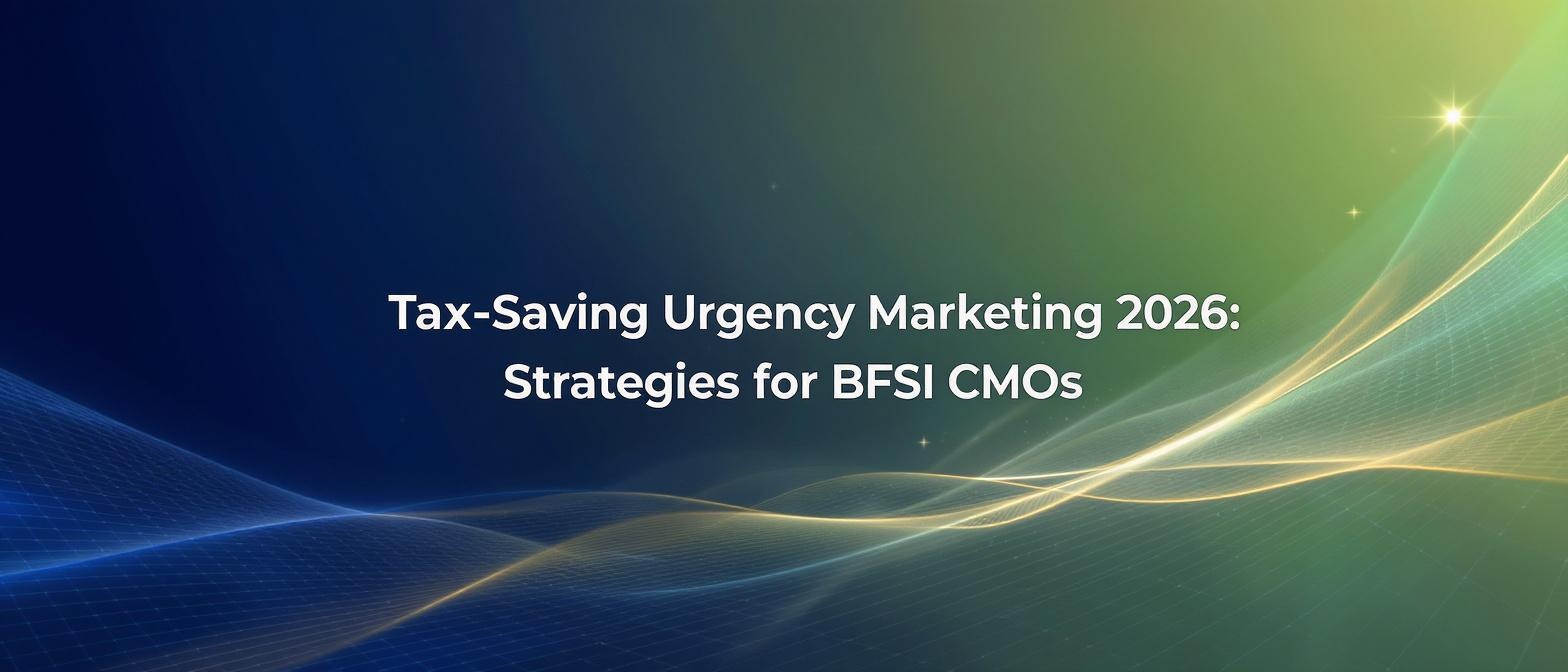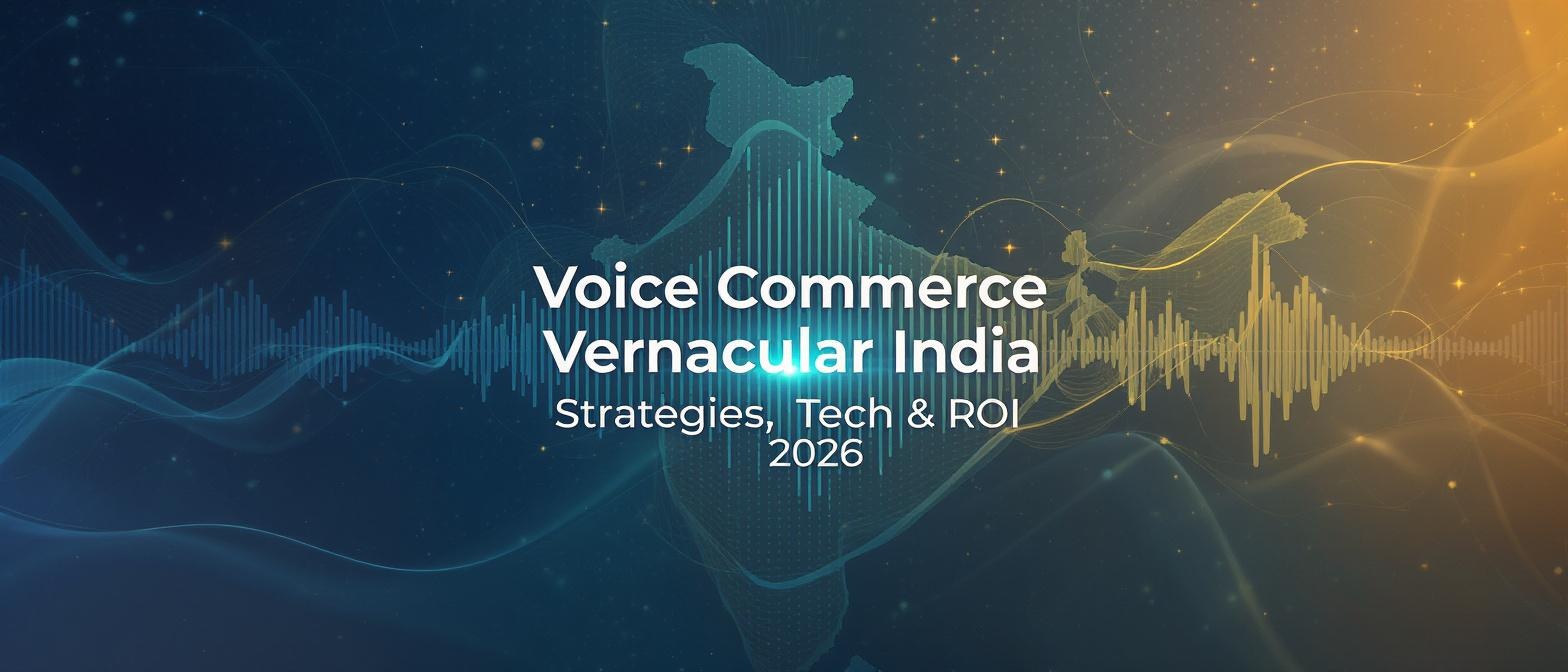The 2025 Playbook for AI Social Media Videos: Strategy, ROI & Implementation
Estimated reading time: ~12 minutes
Key Takeaways
- AI-driven video creation is shifting from a novelty to a core component of modern social media strategy.
- Ethical compliance and licensed avatars are essential for brand security and trust.
- A structured framework ensures videos remain ROI-positive and aligned with brand goals.
- Human oversight is still critical for creativity, authenticity, and final quality control.
- Next-generation systems focus on interactivity and personalization to engage audiences at scale.
The world of social media content is evolving at an unprecedented pace, and the engine driving this change is artificial intelligence. While basic AI video tools have become common, a truly effective strategy requires more than just automating a few tasks. According to recent industry analysis, an astonishing 67% of social media users now interact with AI-generated video content at least once per day. This firehose of content creates a new problem: simply producing videos is no longer enough. The real challenge, which many guides overlook, is creating high-performing, brand-aligned, and ROI-positive AI social media videos without a clear strategic framework (AI Video Generation ROI: Marketing Intelligence Guide). While competitors offer tips, they often fail to provide a comprehensive playbook for implementation, measurement, and navigating the complex ethical landscape.
This guide moves beyond simple best practices. We will provide a robust, E-E-A-T compliant framework for building a sophisticated AI video strategy. We’ll explore the technical nuances of next-generation platforms, deliver a step-by-step implementation plan, and tackle the overlooked topics of ethical compliance and ROI calculation. Prepare to move from a content creator to a content strategist, armed with the data and workflows needed to dominate social feeds in 2025 and beyond.
Section 1 – From Novelty to Necessity
The conversation around AI in video production has fundamentally shifted. What was once a novelty is now a core pillar of a modern digital strategy, driven by stark economic and engagement realities. The primary challenge is no longer if you should use AI, but how you can integrate it to solve tangible business problems. For instance, a comprehensive 2025 study found that 63% of businesses using AI video tools reduce their average production costs by approximately 58% compared to traditional methods. This isn't just about saving money; it's about reallocating resources toward strategy and distribution, amplifying the impact of every dollar spent.
Furthermore, the pressure to produce diverse, platform-specific content is immense. Consider the eCommerce sector, where an incredible 79% of brands now use AI-generated videos to showcase products online. They do this because video is the language of conversion, and AI is the only way to speak it at the scale required by today’s fragmented social landscape. The real challenge is building a system that can sustain this output without sacrificing quality or brand identity. It requires moving past generic tools and embracing platforms designed for strategic, scalable, and safe video creation, ensuring that the efficiency gained from AI translates directly into measurable business growth. (10 Essential Video Types for Business Marketing Success)
Section 2 – The Technology Driving Performance
To build a winning strategy, you must understand the technology that underpins modern AI video creation. The competitor's overview scratches the surface, but true competitive advantage lies in leveraging deeper, more integrated capabilities. The most significant innovations are not just about turning text into video; they are about creating a seamless, scalable, and safe production ecosystem (5 AI Video Enhancement Techniques to Revolutionize Video Quality Improvement in 2025). This includes features like photorealistic, fully licensed avatars, one-click multilingual dubbing, and robust, built-in compliance frameworks.
Advanced systems now offer libraries of digital twins of real influencers and actors, providing a human touch that avoids the “uncanny valley” often associated with lower-quality CGI avatars (Beyond AI Art Generator: Video Avatars for Business Growth). This allows brands to maintain a relatable, authentic presence. The true power is unlocked when these high-fidelity avatars are combined with enterprise-grade features. Platforms like Studio by TrueFan AI enable businesses to integrate video creation directly into their marketing automation pipelines via APIs and webhooks. This means a single script can be programmatically transformed into hundreds of personalized variants for different audience segments, A/B tested for performance, and distributed across multiple channels—all with minimal manual intervention. This level of technical integration transforms video creation from a manual task into an automated, data-driven system that continuously optimizes for engagement and conversion.
Section 3 – A 6-Step Strategic Framework
A list of tips is not a strategy. To truly outperform competitors, you need a repeatable, end-to-end implementation framework. The following six-step process moves beyond basic generation to ensure every video is strategic, compliant, and optimized for maximum impact.
Step 1: Define Audience, Platform, and Objective
Before writing a single word, define who you are trying to reach, where you will reach them (TikTok, LinkedIn, Instagram Reels), and what you want them to do (click, purchase, learn). This dictates the video’s aspect ratio (9:16 for Reels, 1:1 for Instagram posts), tone, and length.
Step 2: Scripting for AI Delivery
AI avatars deliver information with precision. Write clear, concise scripts (100-120 characters per segment is often optimal) that get straight to the point. Front-load the value proposition within the first three seconds to capture attention. Use simple language that translates cleanly and avoids cultural idioms that may not localize well.
Step 3: Avatar and Language Selection
Choose an avatar that aligns with your brand’s persona and the target demographic. For global campaigns, this is where modern platforms excel. Studio by TrueFan AI's 175+ language support and AI avatars
(AI-Animated Videos: Your New Marketing Engine for 2025)
allow you to generate native-sounding versions of your video with perfect lip-sync in minutes, not months. Select languages based on your key growth markets to ensure maximum resonance.
Step 4: Generation and In-Browser A/B Testing
Generate your base video. Then, use in-browser editing tools to create several variations. Test different hooks, calls-to-action, or even background images. A small change—like swapping a statement for a question—can dramatically alter performance. Generate these variants for each target platform and language.
Step 5: Compliance and Moderation Review
This is a critical, non-negotiable step. Use platforms with built-in content moderation that filters for profanity, hate speech, and other brand-damaging content. Ensure all avatars are fully licensed to avoid the legal and ethical pitfalls of unauthorized deepfakes. This protects your brand and builds trust with your audience.
Step 6: Distribute, Analyze, and Iterate
Publish the video variants across their designated platforms. Track key metrics: view duration, click-through rate, and conversion rate. Feed the performance data from your winning videos back into Step 2. The insights from your best-performing content become the foundation for your next wave of AI-generated videos, creating a powerful loop of continuous improvement.
Section 4 – Ethics, Quality, and the Human Element
Many discussions about AI video creation conveniently ignore the most pressing challenges: ethical integrity and quality control. Competitors often present a utopian view, but seasoned strategists know that navigating these issues is paramount for long-term success. The internet is littered with poorly executed AI videos that damage brand reputation more than they help. The primary sub-topics to master are ethical sourcing and the “human-in-the-loop” principle.
The most significant ethical consideration is the use of avatars. Using “deepfake” technology to create videos with unauthorized likenesses is a legal and reputational minefield. To build trust, it is essential to use platforms that provide fully licensed, consent-first avatars, ensuring the real people behind the digital faces are compensated and respected. This is a crucial differentiator that separates professional-grade tools from risky alternatives. As discussed in the Financial Express, protecting creators and brands is vital.
Furthermore, the contrarian truth is that not all AI-generated video is good video. The goal is not to remove humans from the creative process but to empower them. The “human-in-the-loop” model, where AI handles the heavy lifting of production and localization while a human strategist guides the script, reviews the output, and analyzes the results, yields the best outcomes. This approach prevents embarrassing errors, ensures brand alignment, and combines the scale of machine automation with the nuance of human creativity.
Section 5 – Proving the Business Value
One of the biggest gaps in competitor content is the absence of a clear methodology for measuring the Return on Investment (ROI) of AI video creation. Without this, AI remains an experimental cost center rather than a proven growth engine. The ROI calculation is a two-part equation: cost savings from operational efficiency and value generated from increased performance.
First, calculate your cost savings. Compare the monthly subscription cost of an AI video platform against the expenses of traditional video production. Factor in everything: freelance videographer fees, actor or influencer fees, studio rental, editing software licenses, and the internal man-hours spent on coordination and production. A HubSpot report found that marketing teams using AI tools reduced production time by 50%, a metric that translates directly to lower operational costs.
Second, measure the value generated. Track key performance indicators (KPIs) for your AI videos against your benchmarks.
- Conversion Rate: Are AI-driven product videos or personalized sales outreach generating more leads or sales?
- Engagement Rate: Are short-form AI videos on social media achieving higher shares, comments, and watch times?
- Click-Through Rate (CTR): Are your AI-powered video ads driving more traffic to your landing pages?
Solutions like Studio by TrueFan AI demonstrate ROI through their inherent scalability. The ability to A/B test dozens of video variations at virtually no extra cost allows you to quickly identify the creative that delivers the highest return, optimizing your ad spend and maximizing your conversion funnel. By combining cost savings with performance uplift, you can present a clear, compelling case for the financial impact of your AI video strategy.
Section 6 – Preparing for 2025 and Beyond
The tools and techniques that define success today are merely the foundation for what’s coming. Staying ahead of the curve requires a forward-looking roadmap that anticipates the next wave of innovation in AI video. The dominant trend for 2025 is the move from generative AI to truly interactive AI.
We will see the rise of AI-powered video agents that can engage in real-time, two-way conversations with users, serving as customer service representatives, product guides, or interactive trainers. This will merge the worlds of video content and conversational AI, creating deeply personalized experiences.
Another key trend is the increasing sophistication of prompt-based video generation. Soon, users will be able to generate complex scenes, styles, and narratives from simple text descriptions, further democratizing high-quality video creation. To prepare, strategists should focus on building a strong foundation in prompt engineering and narrative design.
Finally, the market itself is projected for explosive growth. According to market analysis from Project Aeon, the AI video generator market is expected to surge to over $7 billion by 2033. To capitalize on this, businesses must build scalable, ethical, and efficient video creation workflows now. The future of AI video is not just about making more content faster; it's about creating smarter, more interactive, and more impactful connections with audiences at a global scale.
Frequently Asked Questions (FAQs)
How do you maintain a consistent brand voice when using AI avatars?
Maintaining brand voice is about strategic guidance, not just automation. It starts with developing a detailed brand script style guide that defines tone, key messaging, and approved terminology. You then select an AI avatar whose persona aligns with your brand identity. Finally, a human team member should always review the final output to ensure the nuance, pacing, and delivery are perfectly on-brand before publishing.
What is the single biggest mistake to avoid with AI social media videos?
The biggest mistake is chasing speed at the expense of quality and strategy. Rushing to generate a high volume of generic, low-quality videos will harm your brand more than it helps. Avoid the temptation to “set it and forget it.” Every video should be purposeful, platform-optimized, reviewed for quality, and aligned with a specific campaign goal to ensure it adds value rather than just noise.
How can AI video tools handle complex or sensitive topics effectively?
For complex subjects, AI is best used as a tool for clarity and scale, not for nuanced emotional delivery. Use AI to create clear, concise explainer videos that break down difficult topics into digestible segments. For sensitive topics, it’s crucial to use platforms with robust moderation. Studio by TrueFan AI, for example, has built-in content filters to block hate speech or explicit content, ensuring brand safety and ethical compliance.
What is the real, all-in cost of getting started with AI video creation?
The entry-level cost is typically the subscription fee for a self-serve platform, which can range from around ₹2,999 to ₹19,999 per month depending on the features and video volume you need. The “all-in” cost should also factor in the time for one team member to write scripts, generate videos, and analyze performance. However, this is significantly lower than the cost of a traditional video shoot, which can run into lakhs of rupees for a single project.
Can AI-generated videos truly replace human-led, authentic content?
No, they are not a replacement but a powerful supplement. AI videos excel at scalable content: social media ads, multilingual training, personalized marketing, and quick news updates. Human-led content is still king for building deep, personal brand narratives, telling authentic customer stories, and fostering community. A winning strategy uses both: AI for scale and efficiency, and humans for authenticity and deep connection.
How do you ensure the quality of AI-generated voices and lip-syncing?
Quality varies dramatically between platforms. It’s critical to choose a provider that invests in high-end voice cloning from professional actors and uses advanced lip-sync algorithms. Always generate a short test video to evaluate the naturalness of the voice and the accuracy of the synchronization before committing to a platform. Leading solutions now offer incredibly realistic results that are nearly indistinguishable from human speech for most use cases.
Conclusion
The path to mastering AI social media videos is not paved with shortcuts but with strategy. While the competitor’s list of best practices offers a starting point, it falls short of providing the durable, comprehensive framework necessary for sustained success. True outperformance is achieved by moving beyond mere generation and embracing a holistic system of strategic implementation, ethical governance, and rigorous ROI measurement. By focusing on advanced technical capabilities, adopting a structured workflow, and confronting the difficult questions of quality and compliance, you elevate your content from the digital noise to a powerful engine for business growth.
The future of content is not about choosing between human creativity and machine efficiency; it’s about architecting a symbiosis between the two. Armed with the playbook outlined above, you are now equipped to not only participate in the AI video revolution but to lead it. The next step is to transform this knowledge into action: audit your current processes, identify your strategic gaps, and begin implementing a smarter, more scalable, and more successful video content strategy today.





